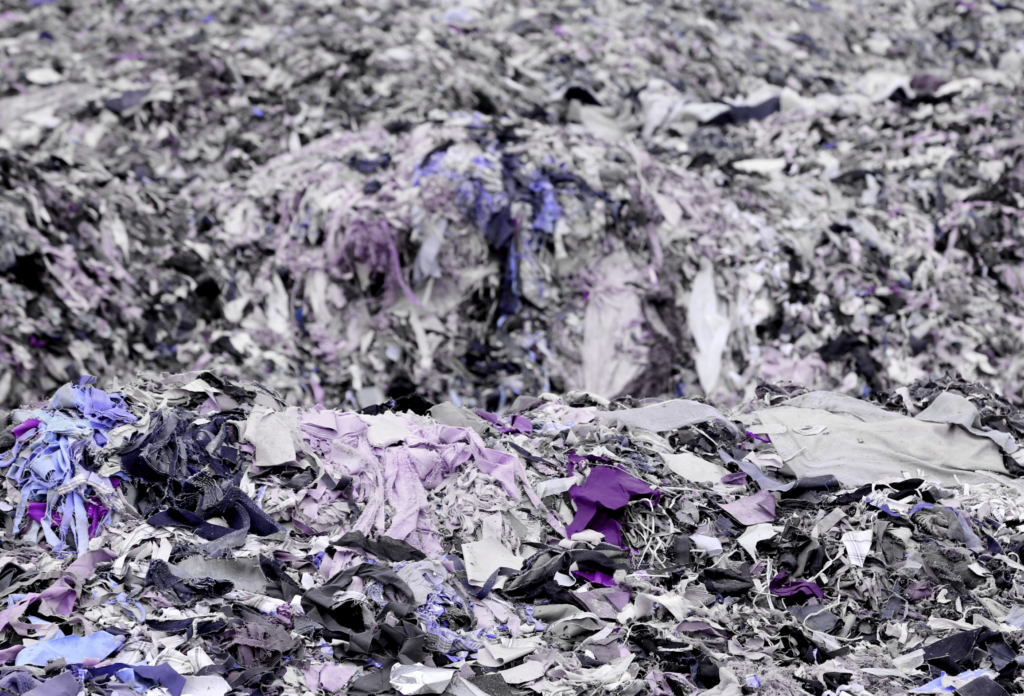- © 2024 Onebeat. All Rights Reserved.

Smart Allocator, Adaptive inventory, Management and store transfers synchronize inventory and merchandise management; ensuring availability of sellable items and creating flow of new products in line with slow mover sell outs.
Increase full price
sales items
Apparel retailers are facing never-ending demands for fresh designs and large assortments. Consumer loyalty is low, and they are likely to switch if merchandise is not immediately available. It is impossible to get accurate long-term forecasts, so retailers end up with stock-outs of sellable items and high surpluses of slow-moving items requiring significant markdowns.
It is hazardous to manually manage the complexity of large assortments, seasonality, Omnichannel, core items, and fast fashion. Current legacy systems are highly expensive and based on forecast optimizations, forcing certainty on uncertainty. No wonder manual overriding of the system becomes the norm.
Onebeat’s platform enables agile planning, dynamic execution, and real-time, store-by-store, item-by-item optimization. According to your new collections requirement, the Onebeat engine synchronizes your flow of merchandise according to the actual performance of each SKU/Assortment per location.




Fashion, especially the inexpensive fast-fashion side of the business, has faced growing scrutiny about the environmental impact of its products. Globally, the industry is thought to be responsible for more carbon emissions than aviation and shipping combined. A 2019 report from the UK parliament’s Environmental Audit Committee estimated that about 300,000 tones of textile waste ended up in landfills each year! To produce the cotton needed for a T-shirt and a pair of jeans — requires up to 20,000 liters of water! Grasping the damage that surplus inventory inflicts on our world is mind-boggling. But this can be avoided. Onebeat technology can significantly reduce demand and supply mismatches.





